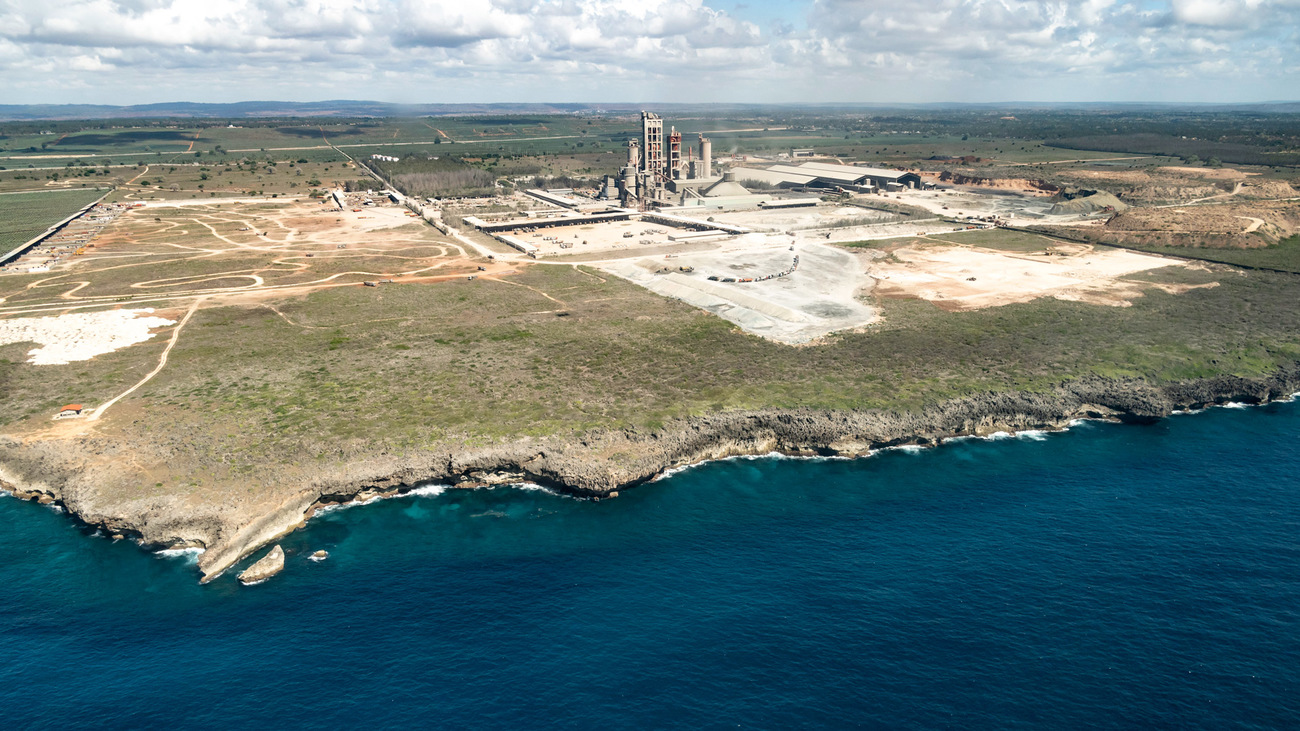aerial survey along the Kenyan coast reveals a dire situation
aerial survey along the Kenyan coast reveals a dire situation

(Nairobi, Kenya - 16 June 2023) Vigorous law enforcement is needed to reduce harmful human activities threatening already vulnerable marine species along the Kenyan coast.
This is according to findings released today from a first-in-30-years survey conducted on marine species along the 600-kilometre Kenyan coastline in March this year.
The aerial survey aimed to establish the level of conservation efforts needed for marine species found in Kenyan territorial waters. It also sought to identify the threats facing these species and their distribution across the coast to help inform appropriate conservation and management measures.
The significant species of concern were dugongs, Indian Ocean humpback dolphins, whale sharks and other whale species—all threatened by degradation and habitat loss from harmful human activity. This includes the construction of seaports and increased fisheries activities. Climate change also has a significant effect on the survival of these species.
The aerial survey also revealed that Indian Ocean humpback dolphins, listed as critically endangered in East Africa, are Kenya’s most dominant yet most vulnerable and threatened marine megafauna species.
“The existence of marine species and their habitat, though often overlooked, is critical to the survival of the human population,“ said James Isiche, Africa Director, IFAW. “The results from the aerial survey are critical in gauging the health and status of marine life and the interventions needed to keep them alive and thriving.”
The report cites harmful human activities as the biggest threats to seagrass beds which dugong and turtles feed from. These activities include clearing of coastal forests for salt pans and construction of shrimp farms, sandmining resulting in massive soil erosion and inshore silt loads and, the extraction of mangroves for building material and firewood.
Additionally, accidental capture and the targeted exploitation for food and medicine also threatens the critically endangered dugong. Concerningly, only two were sighted during the aerial survey compared to groups of up to 500 individuals seen in the 1960s.
Sharks and rays, the report notes, are also declining because of overfishing and the rising global demand for shark products such as fins, meat, skin, cartilage, gill plates, and liver.
The report calls for stringent law enforcement measures to eradicate dangerous fishing gear, such as gill nets that kill dugongs. It also recommends engaging with small-scale fishing communities to implement marine conservation best practices and sustainable fishing techniques.
Kenya’s marine waters host more than 35 species of marine mammals, five species of marine turtles—all listed as endangered or critically endangered—and 105 species of bony fishes, including sharks and rays.
The aerial survey, conducted by a 50-strong survey team comprised of pilots, observers and data capturers, was a collaboration between Wildlife Research Institute (WRTI), and Kenya Wildlife Service (KWS), and IFAW.
For more information or to arrange interviews, please contact:
Aaron Teitelbaum
Communications Manager, Marine Conservation
m: +1 202 677 2670
e: ateitelbaum@ifaw.org
Notes:
Among the species observed during the census included: 1,029 dolphins, 453 sea turtles, two dugongs, 15 rays, six sharks, eight whales, and one whale shark. A further, 1,290 human activities, mainly fishing, tourism, and shipping, were recorded during the census.
Related content
Our work can’t get done without you. Please give what you can to help animals thrive.